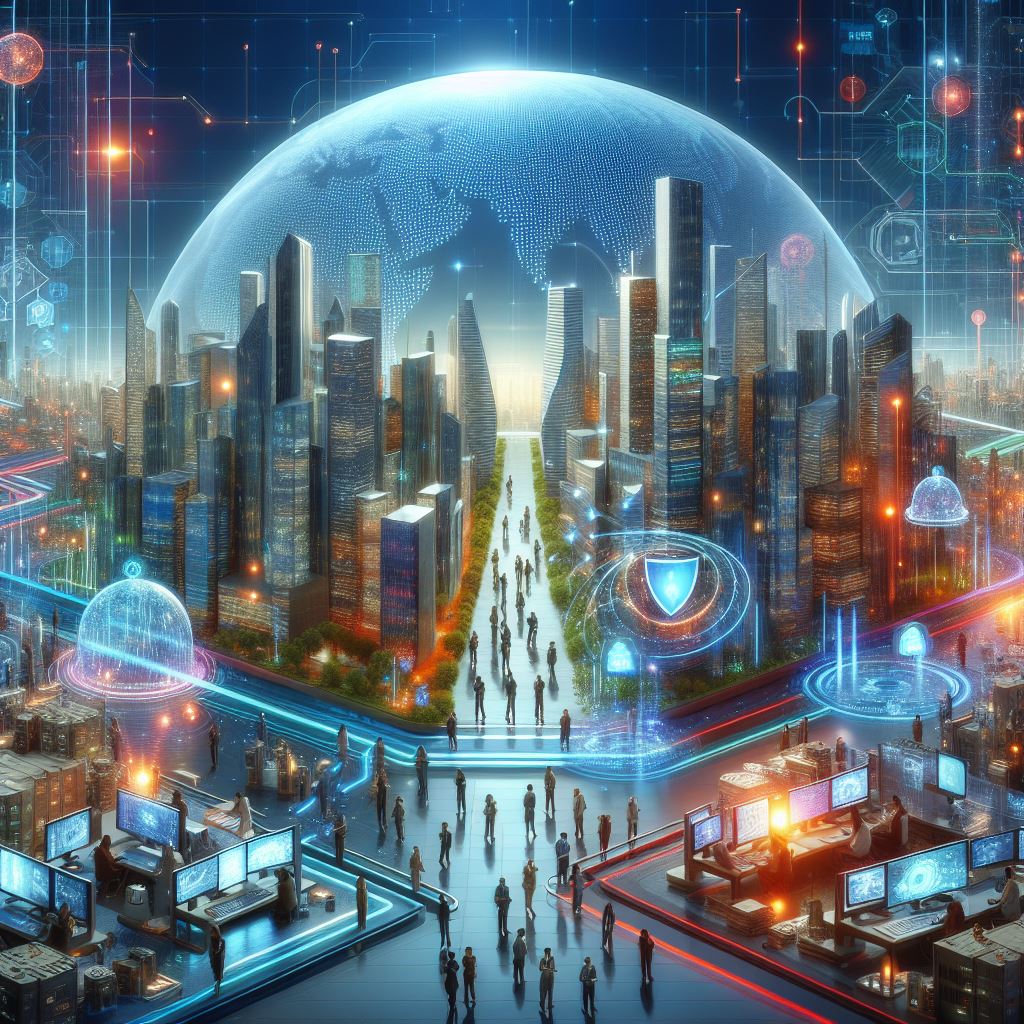Datacenter availability: does the data center industry still pays enough attention to availability?
This article is written in a personal capacity, so there is no relationship with my employer or any organization I am affiliated with.

I have been happily committed to energy efficiency and sustainability in data centers for more than 15 years now. Nowadays it is mainly about finding the balance between sustainability and costs.
This is something I definitely want to continue doing, but I still think it is important to draw attention to what it all started with, the availability of data centers, in addition to sustainability.
Originally, data centers were designed, built and managed for availability
In recent years, data centers have been all about sustainability and there has also been a lot of attention for reducing costs, both in construction and operating the data center.
I really wonder if the data center industry still pays enough attention to availability. Especially in these strange times where the world is no longer as safe as we were used to for years.
In the early days of my data center life, everything was focused on availability and that knowledge was mainly provided by the Uptime Institute. The Uptime Institute has developed a classification in which a data center infrastructure is classified based on availability, the so-called TIER definitions.
For more detailed information about this, I would like to refer you to the Uptime Institute.
The thing that stuck with me the most is TIER III: concurrently maintainable. In short, this means that every component / in the data center installation can be maintained/replaced without downtime of the IT equipment.
In addition to the Uptime Institute’s TIER classification, there is also a similar system, the ANSI/TIA-942 Standard. For more detailed information about this, I would like to refer you to the Telecommunications Industry Association.
Datacenter availability:
A nice example remains the valve in a chilled water system that must be able to be maintained / replaced. In short, you will have to design the system in such a way that every component "such as a valve" cannot be a cause of a IT down-time. In many situations this has been overlooked in the past.The standards mentioned above gave the data center industry a perfect framework for good design, years ago where failure could be minimized.
Other industries could have learned from this back then and maybe even now. It concerns the basis of data centers.
In an earlier article I recently wrote about the shortage of people in the datacenter industry who see the big picture. After all, there are more and more specialists, but where are the people who understand the whole?
The world is changing and besides sustainability and costs we may have to start thinking more about where it all started; the availability of data centers. In short, resilience and redundancy.
Undoubtedly, I am not the only one who is approached a lot for all kinds of sustainability training and education. After all, a completely new ESG reporting industry has emerged.
There is a huge growth of data centers in the world for which there are not enough people available. I therefore wonder to what extent we are still sufficiently familiar with TIER III: concurrently maintainable.
Datacenter availability: Are we sufficiently aware of the possible risks in the coming years?
The fact is that we can no longer do without our digital world, but are we well aware of what is needed to keep this digital world available?
